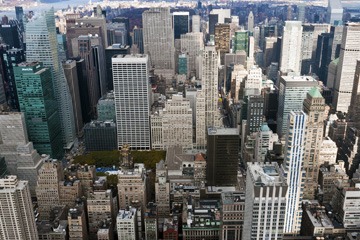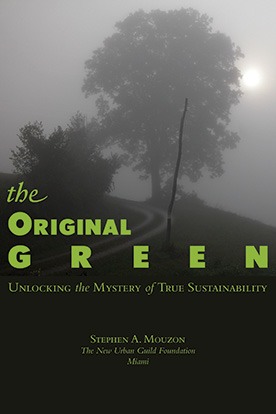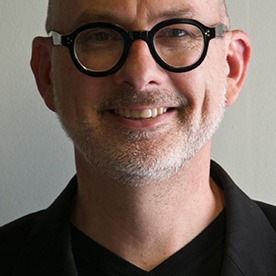search the Original Green Blog

My tweet-cast of Léon Krier's address to the Congress for the New Urbanism Saturday morning created a small firestorm for a while on Twitter characterized by @nlamontagne's "Low-rise fetishism is bad for cities" and @BLAH_CITY's iconic "...my coffin will be "human scale"! All else is architecture..." Never mind that the real fetish here is the Skyscraper Fetish. In any case, here are several thoughts for the skyscraper apologists:

Sustainability may be defined as "keeping things going in a healthy way, long into an uncertain future." That uncertain future is very unlikely to include cheap energy at levels we know today. At unaffordable energy price levels, what fails to work in high rises?
1. Wind speed increases with distance from the ground. A gentle breeze on the ground translates to something closer to a gale higher up. Open two windows for cross-ventilation on the forty-second floor, and all your papers may get blown out into the street. That increased wind speed, when combined with rain, plays havoc with weatherstripping in operable windows. Operable windows in high-rise offices therefore have serious issues. But on a hot day without cheap fossil fuel, inoperable curtain walls have an even bigger problem: without the ability to cross-ventilate, the building may literally be uninhabitable because without a way to dump excess heat, interior temperatures would soon become even hotter than outdoors.

2. Our great-grandchildren will ask "what were they thinking?" about many of our building techniques. Chief amongst them will be glass curtain walls. The best possible curtain wall today is not as good an insulator as a 2x4 wood stud wall, R-11 fiberglass batts, and the cheapest possible finishes. Yet we wrap all four sides of buildings (including east and west sides, facing the hot, low sun) with the stuff, acting as if the laws of thermodynamics don't exist. But as energy costs climb towards the unaffordable, glass-clad high-rises will move closer towards being uninhabitable.

3. We sun-screen our curtain walls to a high percentage because if you're sitting near the curtain wall, the glare through clear glass would be far too strong to work comfortably. But the sun-screening cuts down on the light that's able to reach deeper into the space, so only those workstations right on the window have good daylighting. Interestingly, the screening percentage often allows close to the amount of light you would get if you put traditional windows in the wall because they only occupy 15-25% of the wall.
4. In most moderate climates, passively-conditioned buildings benefit from exterior walls with thermal mass, a property almost completely missing from glass curtain walls. Unfortunately, high-rise buildings cannot be retrofit with massive walls because the building structure would not support the many tons of additional weight. This, combined with the issues above, mean that glass-clad buildings that cannot be retrofit will be uninhabitable in a period of unaffordable energy costs.

5. The towers of large buildings built before air conditioning were shaped like letters so that no wing was more than 30 to 40 feet wide. They daylit beautifully. With transoms over doors to the hallway, they cross-ventilated nicely as well. Most high-rises have floor plates far in excess of 40 feet in their narrowest dimension, meaning that only the corner offices cross-ventilate and only the outer offices daylight. The bulk of the floorplate would be uninhabitable in a period of unaffordable energy costs.
6. Elevator motors consume more energy than any other single piece of equipment in a high-rise building. In a period of unaffordable energy costs, people would only be able to occupy floors as high as they could physically climb. For most people, that limit is a climb of 4 or maybe 5 flights of stairs, resulting in a city that looks much more like historic London, Paris, or Rome than Manhattan or Vancouver.
~Steve Mouzon


